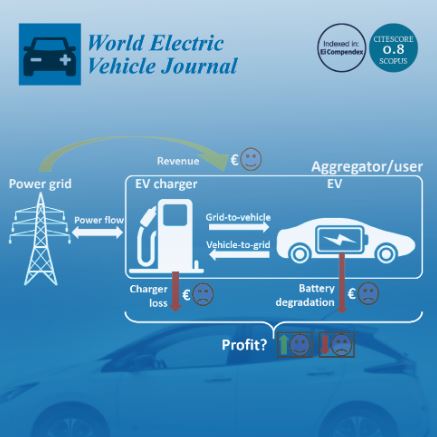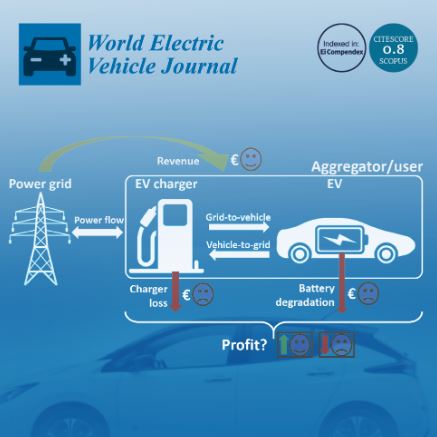Knowledge Hub
Experiences from Battery-Electric Truck Users in Norway
2020
Author(s): Hovi IB, Pinchasik DR, Figenbaum E, Thorne RJ
This paper presents experiences from pilot-projects with battery-electric trucks in Norway, focusing on purchasing processes, technology, vehicle choices, user experience and various performance aspects.
Battery Electric Vehicle Fast Charging–Evidence from the Norwegian Market
2020
Author(s): Figenbaum E
This paper analyses the use of fast chargers in Norway, based on dataset from two large operators covering most of their charging events between Q1 2016 and Q1 2018.
Cloud-Based Big Data Platform for Vehicle-to-Grid (V2G)
2020
Author(s): Grée F, Laznikova V, Kim B, Garcia G, Kigezi T, Gao B
Over the last few years, battery electric vehicles (BEVs) have become more common. BEVs can be regarded as a grid load and as a way to support the grid (energy buffering), provided this extensive battery usage does not affect the BEV’s performance.

1st Brazilian Electric Mobility Annual Report
2021
Author(s): Brazil's National Platform for Electric Mobility (PNME)
The publication launched by Brazil's National Platform for Electric Mobility* (PNME in the abbreviation in Portuguese) presents a broad panorama of the sector in the country and aims to generate knowledge to stimulate market growth, foster professional training and provide the basis for the development of public policies on the subject.
On the flipside, aircraft, ships, trucks, and trains powered by the combustion of fossil fuels, moving across the sky, oceans, and land have accelerated climate change, besides giving way to the problem of global energy crisis due to the huge demand and short supply of fossil fuels.

'Cleaner air and better transport: making informed choices' emphasizes the need to make public transport attractive enough for those who currently use cars, motorcycles, and scooters and highlights the role of information technology to achieve that objective by providing quality information to users of the public transport.
The New Neighbor Across the Street: An Outlook for Battery Electric Vehicles Adoption in Brazil
2020
Author(s): Vargas JEV, Seabra JEA, Cavaliero CKN, Walter ACS, Souza SP, Falco DG
The purpose of this research is to gather information that may be used to help entrepreneurs and policymakers make decisions or establish plans. The study's primary findings include the need for an electrification model that can work in tandem with biofuels, as well as the importance of having well-defined regulations on what Brazil wants from electromobility.

CRITIC Method and Grey System Theory in the Study of Global Electric Cars
2020
Author(s): Nguyen TKL, Le HN, Ngo VH, Hoang BA
The purpose of this study is to present an overview of electric car sales and its market share in 14 countries, from past to future, by integrating important criteria through the inter-criteria correlation (CRITIC) method in multi-criteria decision-making (MCDM), grey model first-order one variables (GM(1,1)), and grey relation analysis (GRA) method in grey system theory.

How to Improve the Total Cost of Ownership of Electric Vehicles
2019
Author(s): Lebeau P, Macharis C, Mierlo JV
This paper analyses how the total cost of ownership (TCO) of electric light commercial vehicles change with the number of kilometers driven, the period of ownership, the residual value of the battery, and different fiscal incentives, as well as a kilometer charging scheme.
Central Motor Vehicles (Amendment) Rules, 2021
2021
Publisher/Organisation: Ministry of Road Transport and Highways, Government of India
The following draft of certain rules further amends the Central Motor Vehicles Rules, 1989, which the Central Government proposes to make in exercise of the powers conferred by Section 64 and 211of the Motor Vehicles Act, 1988 ( 59 of 1988) is published as required by sub-section (1) of Section 212 of the said Act for information of all persons likely to be affected thereby and notice is hereby given that the said draft rules shall be taken into consideration after the expiry of a period of 30 days from the date on which the copies of this notification as published in the Gazette of India, are made available to the public.



